
News
“Sustainability cannot be taken for granted”
Ride-pooling, sharing bikes, cars and e-scooters – our city residents, above all, are already able to use the new forms of mobility today. Mobility researchers Dr. Claus Doll and Konstantin Krauß, from the Fraunhofer Institute for Systems and Innovation Research (ISI) in Karlsruhe, have surveyed over 3,000 people about mobile offerings. What they have found is that bike-sharing and the like can make city living a lot more livable and easier.
How popular is sharing?
Konstantin Krauß: If you take a look at the “Mobilität in Deutschland" survey, the share of people using car-sharing is in the low single-digit percentage range – and the trend is only relatively slowly upwards. That said, it is possible that the dynamic in what is being offered in recent years could also impact rapidly on rising demand. Vehicle numbers for car-sharing have risen significantly, including – and specifically for – micro-mobility solutions, which are booming in the cities.
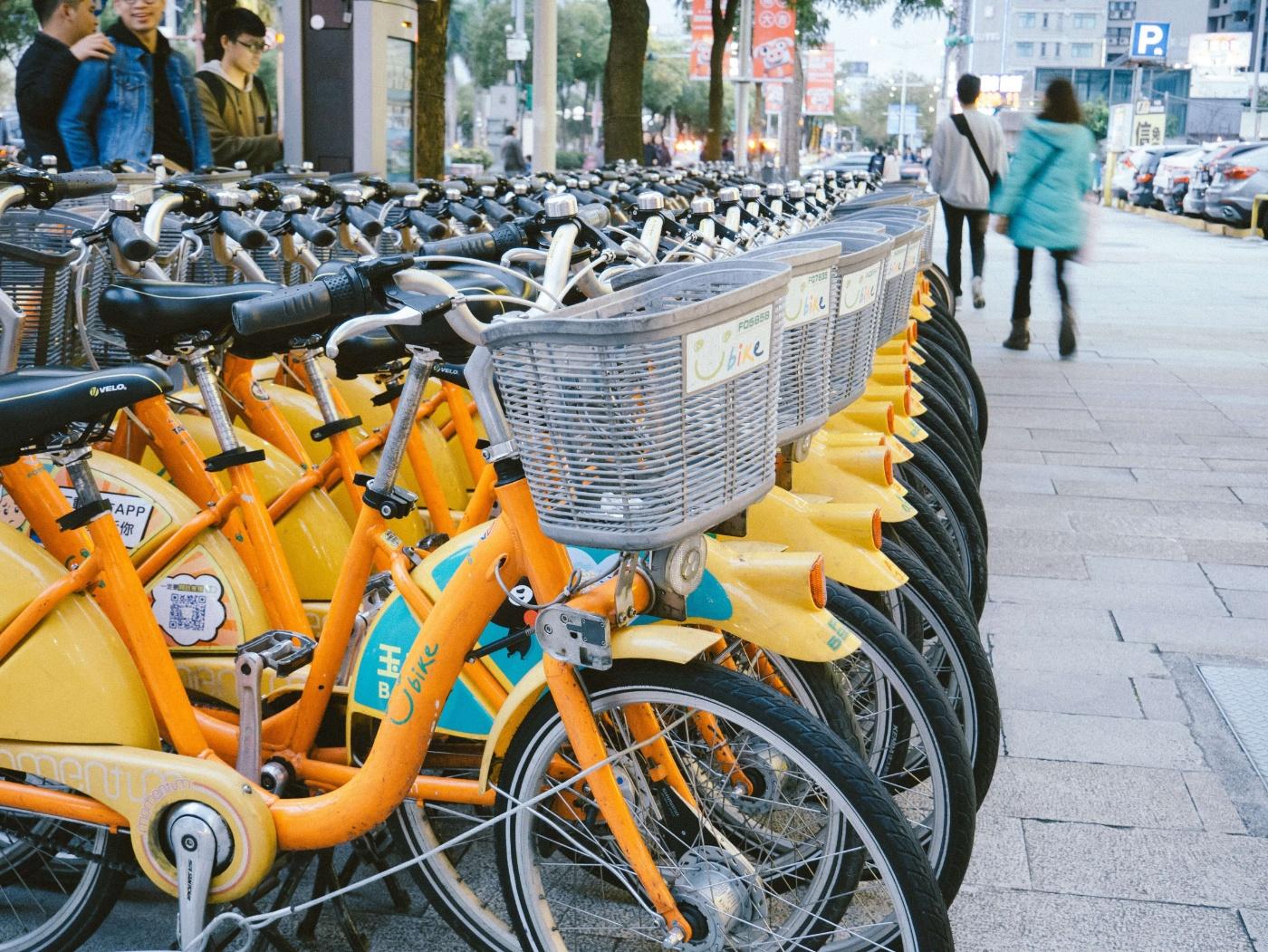
When are sharing offerings primarily used?
Claus Doll: If they marry up closely with people’s needs and attitudes towards life. E-scooters are particularly popular with younger people, who have no problems in venturing out into city traffic on them.
Konstantin Krauß: Not every new mobility service offering is sensible for all purposes. Quite often, people try out sharing for leisure trips, because as a rule nothing is time-critical with them – in case they arrive too late because something didn’t work as they might have imagined it. With car-sharing, the large weekly shop is a classic use in car-free households. Bikes and e-scooters are similarly primarily used for leisure. But with both offerings, people can also imagine themselves using it to get to the nearest bus or tram stop, or to the station. In non-covid times, ride-pooling is used on Friday or Saturday nights when people want to get back home from town; this need-related transport option can compensate for the gaps in public transport service provision.
Does that mean sharing is primarily an expression of a new attitude towards life?
Claus Doll: There have been several amendments of the road transport law and of the highway code which have penalized the car – something that would have been unimaginable ten years ago. This is in response to a change in people’s attitudes to living and in their requirements – particularly for younger people in urban environments. Car-sharing is something you use if you occasionally need a car and otherwise don’t have access to one. There’s very little for you to worry about.

So is the trend away from ownership?
Claus Doll: The key phrase here is mobility-as-a-service: Someone deals with it, and all I need to do is book and pay for it. Pick up the e-scooter, drive from A to B and park it there. And of course, it’s great if I no longer have to bother myself about insurance, the oil level or the tire pressures. That’s very much in tune with how many people want to live their lives. And it is cheap too, up to a certain level of use.
Konstantin Krauß: Particularly if you understand costs not simply in terms of money, but also factor in the reduction in time expended. I’m not forced to look for a parking space, because there are dedicated parking spaces. If something is wrong with the clutch, I call the provider, lock up the car and leave it. The next time I need it, the fault has been repaired. In that respect, mobility is following the megatrend towards being a service.
Claus Doll: It’s true, interests are shifting – away from owning a car, and towards IT devices. And there is greater interest in a livable urban environment. Many towns and cities are also engaging with the issue of how to make more use of the green spaces in our urban environments.
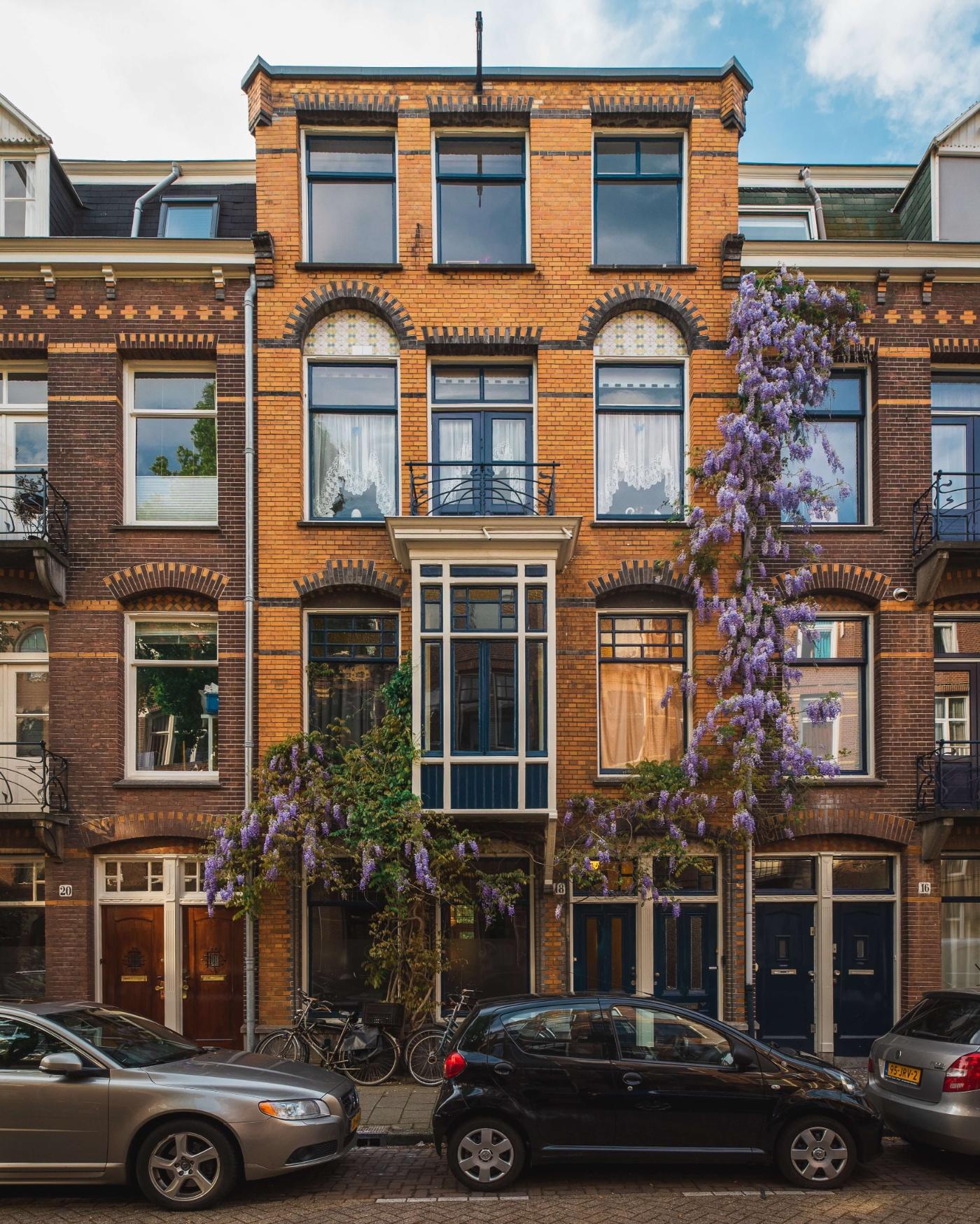
How will that change our life in the cities?
Claus Doll: Particularly in our cities, we have an increasing need to make the space usable again and a place worth living in. Available space is at a premium, and we need to see who and what is allocated what share of it. In that regard, it becomes less to do with traffic, but is more about designing how the city functions differently.
Konstantin Krauß: We can partly break down this competition for space through shared mobility, and reallocate areas. For the most part, private cars are not used to their full capacity. So if we want to create spaces that are green, given over more to the bicycle and to active mobility, we achieve that by having fewer cars overall. The positive effect comes about through higher capacity utilization of an overall smaller vehicle fleet, and because we can rely on micro-mobile solutions such as e-scooters or bicycles, that are smaller and lighter and need less parking space.
So is shared mobility set to replace the car in our cities?
Claus Doll: It is not primarily about forcing the car out, but we need to reframe this process of negotiation. What’s more, even in very large towns and cities, we will not manage entirely without the car. There are scenarios where using anything else is fairly convoluted. Even in the future, we will have around one quarter of the current numbers of cars. When it comes to moving large numbers of people around at once, sharing systems are over-stretched – notably for commuter traffic or getting students to and from school. For this, we will need the traditional, scheduled public transport services as people-movers.
What are the advantages for cities from shared mobility?
Konstantin Krauß: Bike-sharing and e-scooter-sharing require less space ¬– and they need less energy. That means we also have less pollutants in the air, less CO2 and particulates. Simulations show that energy consumption can be rolled back if people use smaller vehicles to get around or if demand is bundled by increasing vehicle passenger levels, through ride-pooling.
Claus Doll: A lower environmental footprint is possible by reducing individual motorized transport. By only using your own car if it is really necessary, and otherwise travelling by bike or public transport. That has a further benefit: The more you get around actively and the less time you simply sit in the car, the lower the risk of heart attacks, being overweight and similar. Active mobility, micro-mobility such as riding a bike or e-scooter, similarly promotes health.
Does that mean shared mobility contributes to combating climate change?
Claus Doll: Sustainability cannot be taken for granted with sharing systems – it very much depends on how I regulate them and how I integrate them into public transport systems. If they are not part of a mobility chain, then suddenly more car-heavy traffic comes about. But if I have ride-pooling with sufficiently good levels of use, with several people per vehicle, then I can save on traffic without restricting mobility. The only viable way of lowering climate emissions is to use shared services as much as possible, with these being electric as far as possible. Then, with the energy transition, the CO2 intensity of traffic will also reduce.
Konstantin Krauß: A further point is that shared mobility can save costs in the provision of public transport services. If on-demand transport supplements public transport at marginal times or in marginal areas, there is no longer a need to run e.g., two scheduled, fixed-route overground trains per hour. Grouped transport is a more cost-favorable solution.
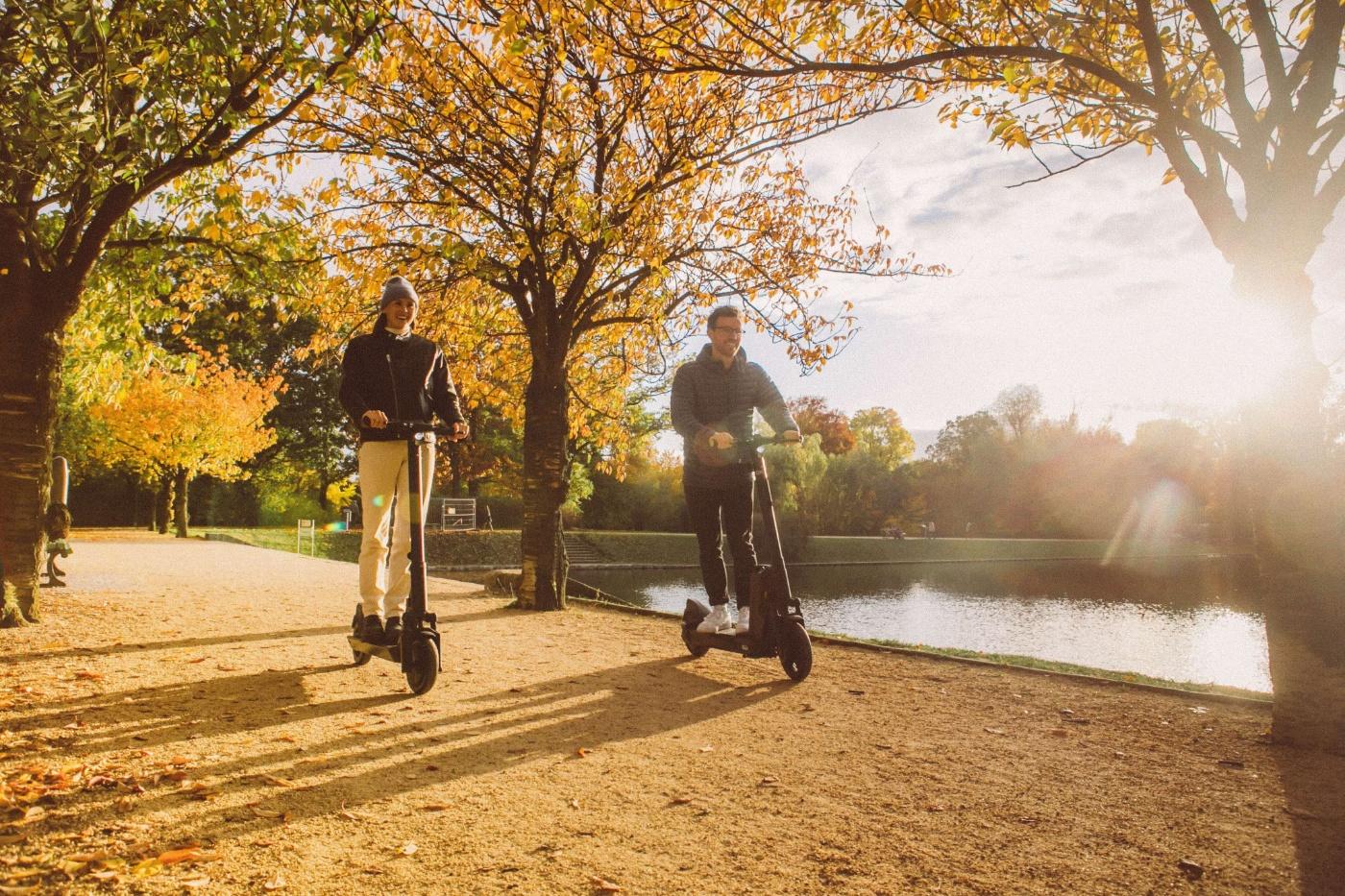
So shared mobility saves the local authority or the city emissions and costs…
Konstantin Krauß: Not just the city, but the user too. Sharing has the advantage that you don’t need to buy the vehicle – you don’t need to spend EUE 50,000 for a car or EUR 3,000 for a pedelec. You can use this mobility relatively cost-favorably. As a result, new tiers of the population are gaining access to this form of mobility. In cities such as Stuttgart, for instance, which in terms of its topography is fairly unsuited to bike-riding, it is a real benefit if those people who cannot immediately afford a pedelec are also able to have the use of one, for a few euros per hour.
Going back to supplementing public transport services using sharing systems – that’s reminiscent of night bus lines, which plenty of cities have had for ages…
Claus Doll: That’s true. It’s not entirely new. What we are now calling ride-pooling has effectively been around for some time already, as on-demand shared rides. What is new and more convenient is the direct bookability, the “I’m here, pick me up” aspect. That used to be more difficult. Car-sharing has been with us for a relatively long time too. What’s new are the interfaces to the user, the simple bookability.
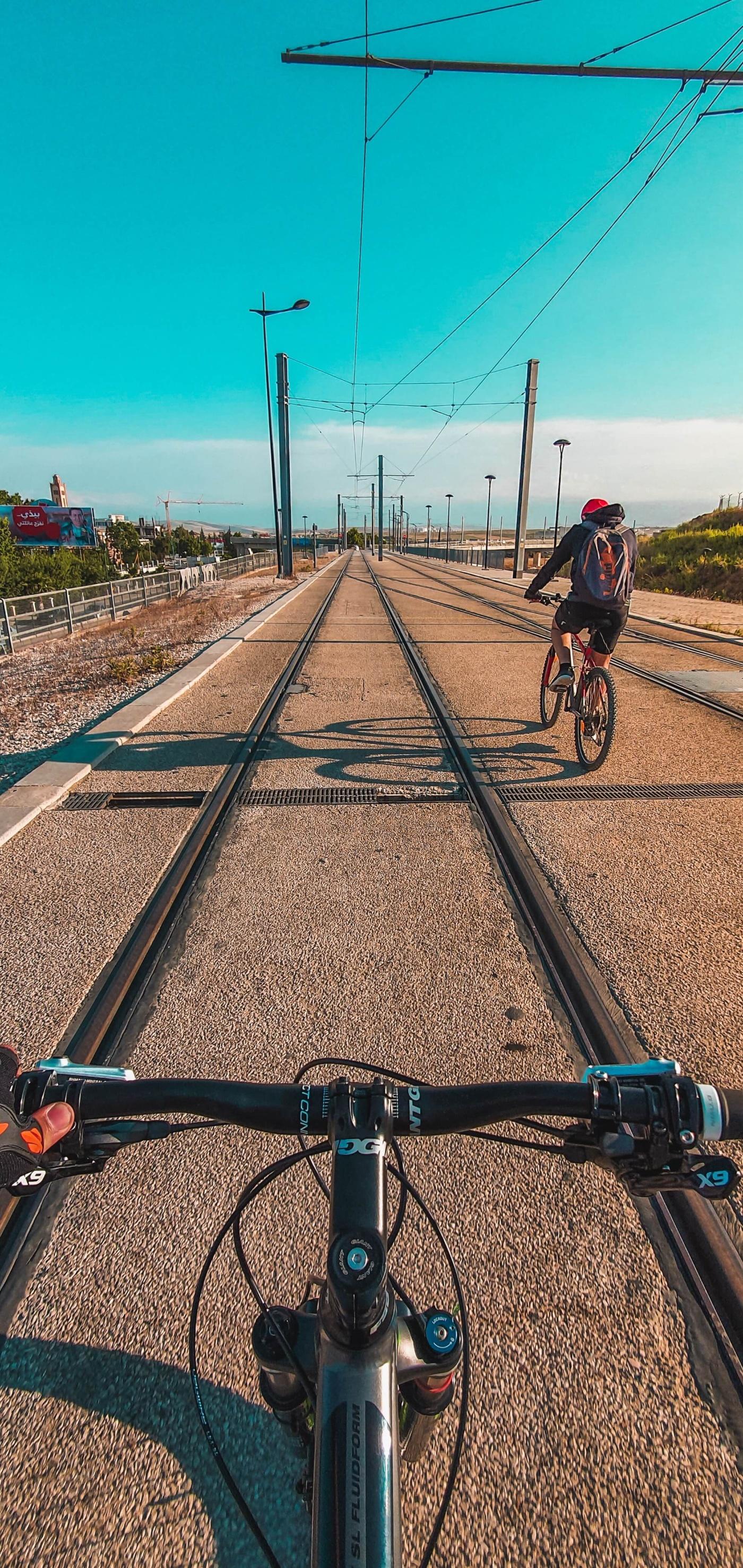
That makes day-to-day living a lot easier.
Claus Doll: Yes. And sharing gives the user flexibility. If I sign up for car-sharing or various sharing systems, I can take a small car one time, and another time a van or a minibus for my children’s football team.
Konstantin Krauß: This increased flexibility is not just on the demand side, but also on the supply side. An e-scooter or bike-sharing fleet can be moved around very easily. When we start going to bigger events again, once the coronavirus pandemic is over, and thousands of people need to get from one location back home again, an e-scooter or bike-sharing provider can relocate its fleet relatively quickly to the event venue. So the visitors have options as to how they get away from there afterwards.
With a view to IAA Mobility 2021, could you say: Major events can become more sustainable and greener by incorporating sharing services into the concept?
Claus Doll: I’d certainly say that it makes visiting the trade fair more flexible. For a fair where people don’t all leave the site at one set time, but where there is some coming and going throughout, a combination of various sharing models seems well-suited, such as offering e-scooters and bikes, along with a ride-pooling system.
Konstantin Krauß: At the moment, none of us really knows precisely how to get the best use out of shared mobility. A trade fair can be a really cool platform for trying out sharing and analyzing what works and what doesn’t.
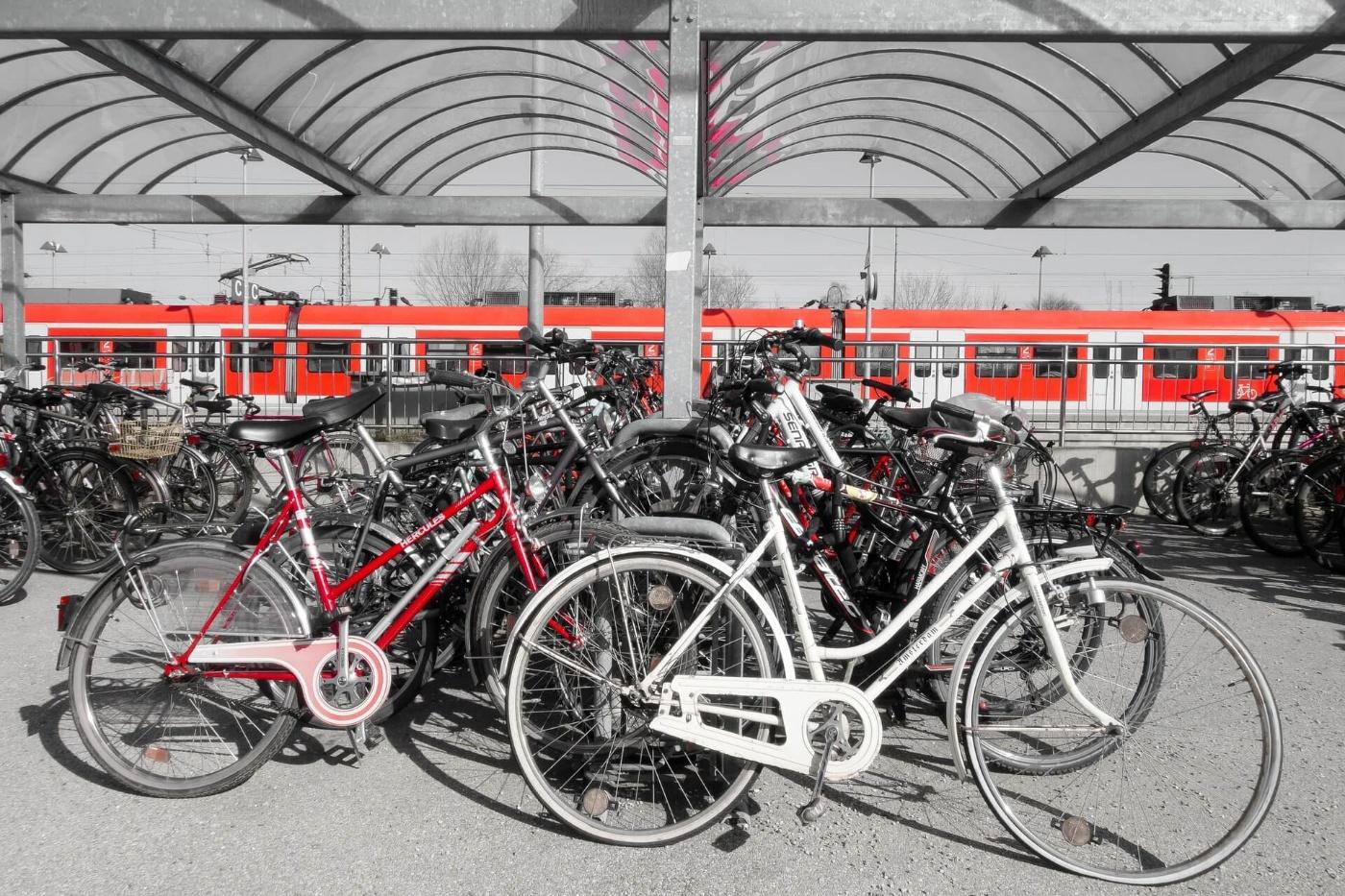
How do you see the changes due to the pandemic?
Konstantin Krauß: During the pandemic, we saw a massive boom in bikes right at the start. Bike-sharing and e-scooter sharing providers gained acceptance too – because they were able to provide an outdoor offering that wasn’t public transport. A disruption like the current pandemic perhaps makes it possible to establish new kinds of mobility. Local authorities could exploit this opportunity and give something of a boost to the public transport companies by connecting them better, using micro-mobility solutions. For instance, people in the outlying areas of the city might no longer need to walk 20 minutes to the nearest stop, but can ride there in three minutes on a sharing scooter.
About the study: In “Shared Mobility Facts”, the authors from the Fraunhofer Institute for Systems and Innovation Research (Konstantin Krauß, Aline Scherrer, Dr. Uta Burghard, Dr. Claus Doll, Dr. Johannes Schuler and Pia Niessen) provide an overview of the latest research findings on shared mobility and derive recommendations for action based on that. It aims to demonstrate to local authorities and transport providers the potential for integrating shared mobility offerings into urban mobility. You can find the study here. (Stage photo: © Ivan Teece/Unsplash)